Types of fabrics for bed linen and their features
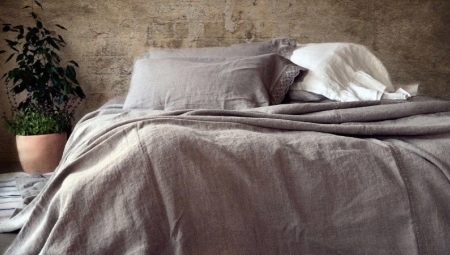
A person sleeps almost a third of his life, which means he recovers strength, rests. A properly equipped sleeping place, complemented by high-quality accessories, among which the key role is played by bed linen, represented by a huge variety of models in stores, will help ensure a comfortable and healthy sleep, an excellent mood after waking up.
It is the wide assortment that sometimes complicates the process of choosing and buying lingerie. It will not be so difficult to choose a bedding set if you understand the main types of fabrics from which the accessories are made, in their characteristics and properties.

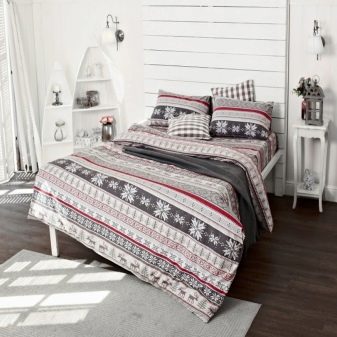
Types of material and its characteristics
When buying a bedding set, each woman examines the label, which indicates the composition, type of material, its density, rules of care. Fabrics for bedding (taking into account the origin of the fiber and its composition) can be roughly divided into the following categories.
- Natural... This is a canvas made of natural fibers - linen, cotton, silk.
- Synthetic... These are canvases made of artificial fibers. Polyester is widely used in synthetic fabrics.
- Mixed (combined). This is a web of combined fibers. The most common is the combination of cotton + polyester (50x50%) or linen + cotton.
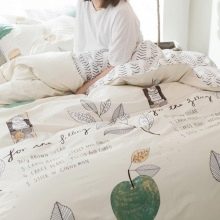
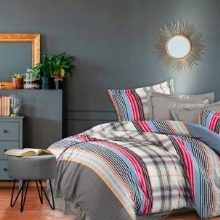

An important indicator of the fabric from which the bedding is sewn is the coefficient of the density of the weaving of the threads. Depending on this indicator, fabrics are also divided into three classes:
- fabrics with a reduced ratio (20-40 threads / 1 sq. cm);
- fabrics with a moderate ratio (50-80 threads / 1 sq. cm);
- fabrics with a high coefficient (85-280 threads / 1 sq. cm).
The resistance to wear and the durability of products directly depend on the density of the fabric. Studying the characteristics of the material, one should not confuse the composition with the density of the weave of the threads, since such names familiar to buyers as “coarse calico” or “poplin” are not a composition, it is a type of thread weave. The material for the production of bedding accessories is made from components such as cotton, natural silk, bamboo, linen and artificial components, and everything else is just a variety.

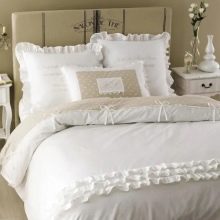

To understand which bed will be optimally comfortable, safe and practical, you need to familiarize yourself with the main characteristics of the material, study all the pros and cons.
- Chintz... This is a budget material with a high density of weaving of threads, but at the same time it is short-lived, it quickly loses its shape. Chintz bed linen is pleasant to the touch, inexpensive, not very practical to use. Currently, manufacturers rarely use chintz for bedding.
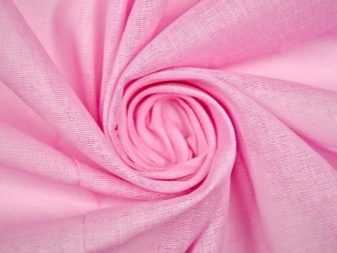
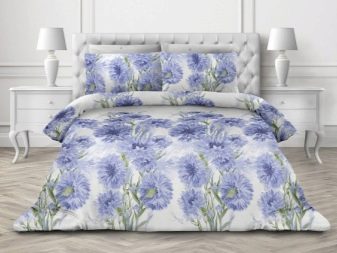
- Calico... It is 100% densely woven cotton with excellent breathability, abrasion and wear resistance. Due to its hypoallergenic and environmental friendliness, children's bedding is often sewn from coarse calico. In addition, the material is unpretentious in maintenance, easy to wash, strong enough, practically does not wrinkle. Compared to satin, it is much tougher, which is actually the only drawback. The modern textile industry produces several types of coarse calico - bleached, one-colored, printed and harsh. The highest quality and most popular bed linen is made of luxury coarse calico and comfort.
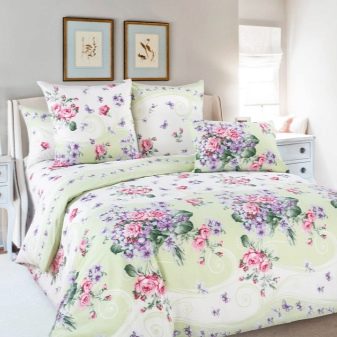
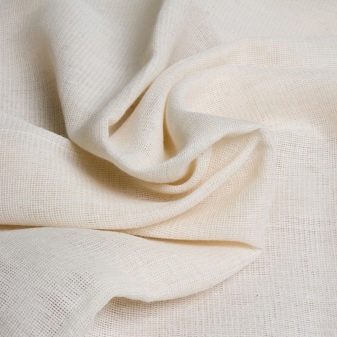
- Ranfors... It is 100% natural cotton. In terms of its characteristics, the material is identical to high-quality coarse calico, only even denser and more durable (1.5 times). The material is silky, smooth, soft to the touch, resistant to wear and tear and dirt. In addition, the fabric is not deformed, no pellets are formed on it.
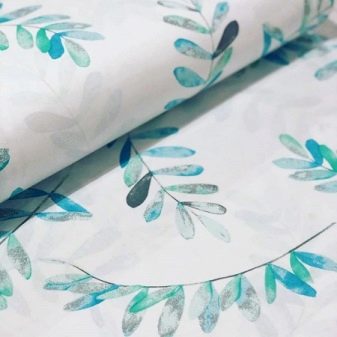
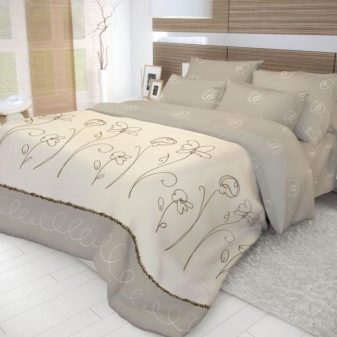
- Percale... It is a cotton fabric with a pleasant velvety feel. The material does not deform, does not fade after washing, retains heat well, absorbs moisture, breathes, and also does not wear out. Despite its thinness, the fabric is very durable, withstands up to 1000 washes without losing color. A characteristic feature of percale is considered to be its peculiar dullness, tenderness and a feeling of coolness in the heat.
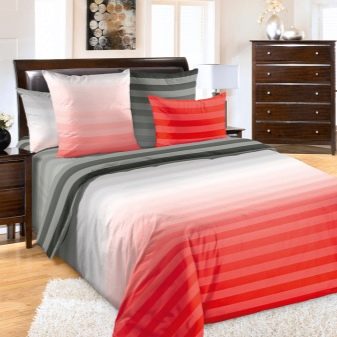
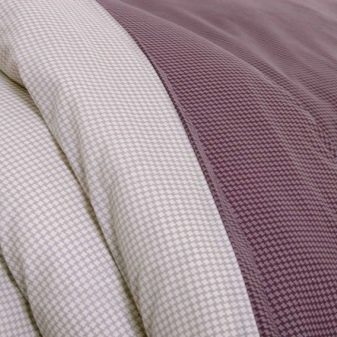
- Linen... It is a natural material endowed with hygroscopicity, lightness, hypoallergenicity and high strength. In addition, it possesses bactericidal properties, does not accumulate static electricity. A feature of the material is that over time it only becomes softer and more pleasant to the touch. Due to its unique texture, linen has a massage effect, allows the skin to breathe, is unpretentious in care, is durable and practical. The disadvantage of the material is its tendency to wrinkle quickly and badly iron.
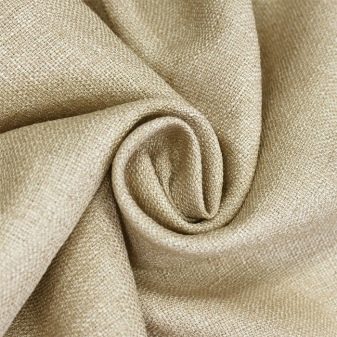
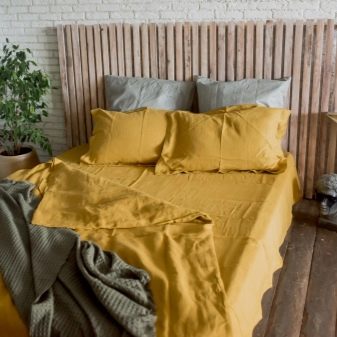
- Bamboo... This is an environmentally friendly natural material with high wear resistance, thanks to which bamboo linen can withstand up to 500 washes. The fabric is delicate and pleasant to the touch, UV-resistant, breathable and moisture-absorbing. Compared to other materials, bamboo is softer than cotton, silky like silk, but not slippery. In addition, the material is known for its antibacterial properties, which last even after 50 washes.
Bamboo is a material that has absolutely no flaws.
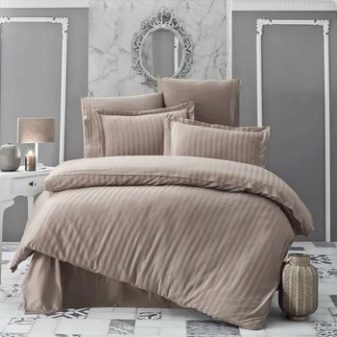
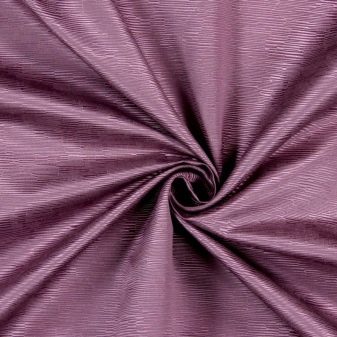
- Flannel... This is an incredibly soft and warm natural fabric covered with fine fibers. The flannel bed is ideal for the off-season and winter period, as the material is heat-saving and warming. The downside of the material is that it tends to roll quickly.The advantages of the material include practicality, durability, environmental friendliness, resistance to fading and deformation. The disadvantage is the drying time after washing.
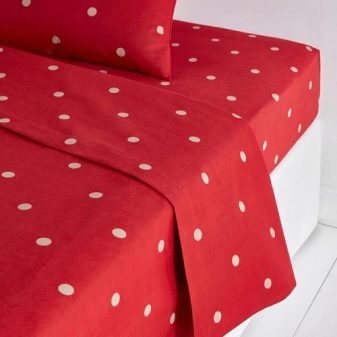
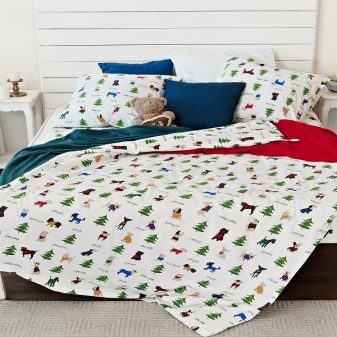
- Mahra... It is a durable, hypoallergenic material that is comfortable for everyday use. The fabric is natural, warms well, does not wrinkle, does not accumulate static electricity. It is also worth noting the practicality, durability and ease of maintenance. The disadvantages include the severity of the fabric, as well as the duration of drying after washing.
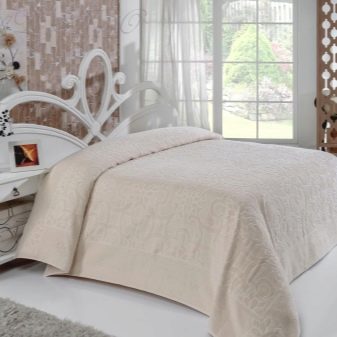
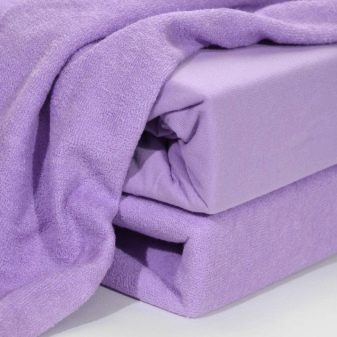
- Silk... This is a unique material with incredible shine, smoothness, which in its chemical composition is similar to human hair. Silk contains many amino acids that have a positive effect on the human body. Natural silk is breathable, not electrified, perfectly absorbs moisture, does not accumulate dust and microbes. Silk is an elite material for bedding, so it is not available to everyone. In summer, silk cools, while sleeping on it is comfortable at any time of the year. Today, manufacturers offer many types of silk - Indian matabis, French glass, Chinese pelams, gaz, muslin and others. Among the shortcomings, it is worth pointing out the high cost of natural silk products, as well as the ability to quickly deteriorate under the influence of ultraviolet radiation.
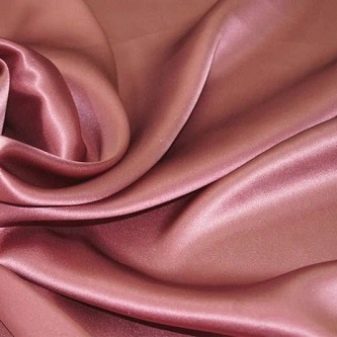
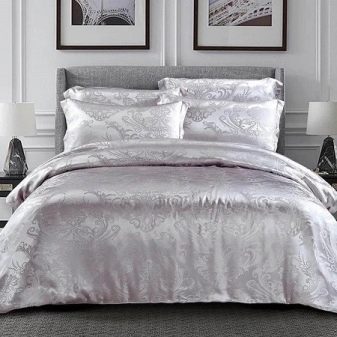
- Poplin... This is a material that, in terms of comfort and practicality, is between coarse calico and satin, but does not have a matte finish. The material does not wrinkle, is dense enough, incredibly durable, smooth, pleasant to the touch, resistant to burnout and deformation, and is unpretentious in maintenance. Poplin can be bleached and dyed, it absorbs moisture well, is breathable, practically does not wrinkle.
If we talk about affordability, poplin bedding is more expensive than coarse calico, but much cheaper than satin bedding.
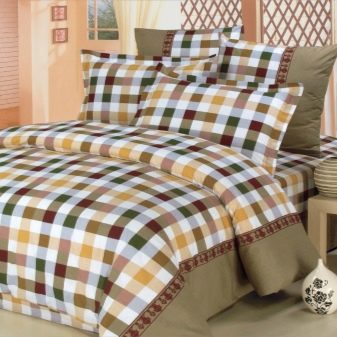
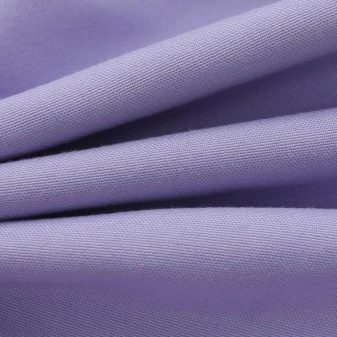
- Satin and its varieties... It is a light, airy material with an incredible shine, reminiscent of silk in appearance. Satin is a practical, all-season, practically wrinkle-proof material, endowed with softness, elasticity, incredible weightlessness. This material has many varieties, differing in the structure of the canvas, the degree of density: printed, classic, printed, stripe satin, satin-jacquard, mako-satin. Among the disadvantages, it is worth emphasizing low air permeability, sliding, high cost when compared with other cotton materials.
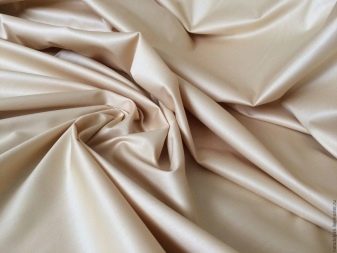
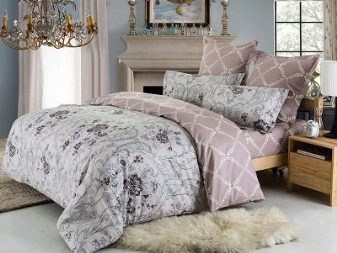
- Jacquard... It is a smooth fabric with a unique weave that creates an embossed pattern. The composition of jacquard can contain both natural and artificial fibers. The material is characterized by hygroscopicity, good density, practicality. Jacquard does not accumulate static electricity, is pleasant to the touch, dries quickly, does not deform. Among the shortcomings, special care can be emphasized, in which washing is allowed at minimum temperatures, and drying away from the sun.
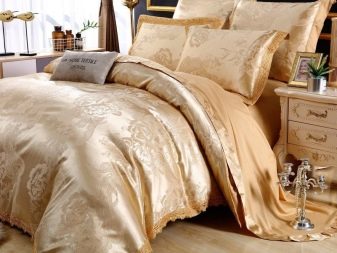
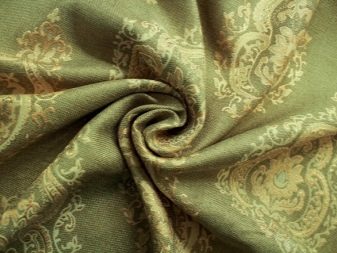
Along with the above materials, there are other fabrics used for sewing bedding sets. It could be batiste (a mixture of cotton and linen), from which gift sets are produced, decorated with lace and embroidery. Often used by manufacturers blended fabric (combined, where there can be natural thread and synthetic), polycotton (composed of 50-75% polyester), viscoseimitating silk microfiber (100% polyester) - wrinkle-resistant fabric with good consumer properties, as well as calico, a well-known material for a long time, which after a number of treatments is widely used in the textile industry.
A large assortment of materials from which bedding is sewn confuses buyers. Even after deciding on the model, size and color, customers do not know which fabric is the best, most comfortable and of high quality.
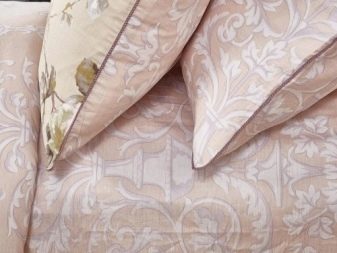
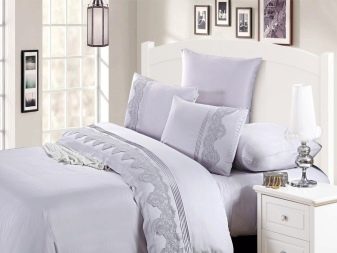
Which fabric is best?
So that each buyer can quickly decide on the choice of bedding, surveys, advertising campaigns were carried out, as well as user reviews were studied and analyzed, on the basis of which the rating of the best fabrics for bedding accessories is compiled.
- Calicobecause it is affordable and durable.
- Satinendowed with durability, practicality and aesthetic appeal.
- Poplinthat does not wrinkle, does not fade, does not deform and is quite easy to clean.
- Jacquard, characterized by elegance, beauty, however, it is whimsical in its care. For many, it is not available due to the high cost.
- Linenwhich is completely hypoallergenic, wear-resistant, breathable but very wrinkle-free.
- Bamboo, belonging to the class of hypoallergenic, breathable - natural, wear-resistant, but more expensive when compared with calico or chintz.
- Flannel, the ideal material for the off-season, which will warm, give softness. Perfect for baby bedding sets.
- Silk, giving coolness and attracting with its beauty and luxury. Unfortunately, the cost of the products is very high.
- Microfiber, characterized by practicality, durability, ease of maintenance and an affordable price.
In addition, many buyers prefer composite materials, where synthetic additives are present, which are considered more durable, resistant to washing and deformation, and are also inexpensive.

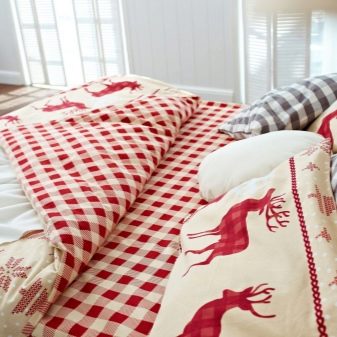
Design
The choice of colors is a matter of taste, but the bed should evoke pleasant emotions associated with rest, sleep, so the set should harmoniously fit into the interior of the bedroom. To date, manufacturers offer many interesting variations, among which are the following.
- Classic colors. It can be a white bed or a plain one, presented in pastel colors that do not irritate the nervous system, do not catch the eye.
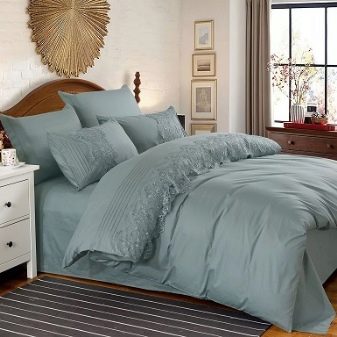
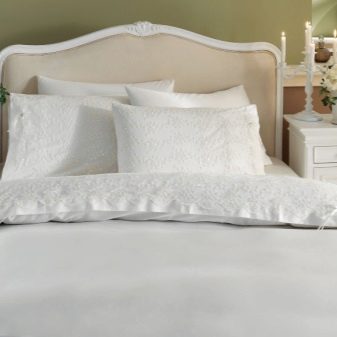
- Striped variations, which relate more to the summer style of room decoration.
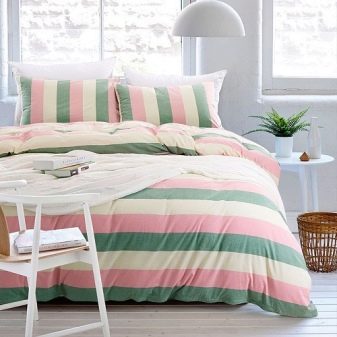

- Combined colors Are relatively new trends in the world of home textiles. On one canvas, 2-3 colors can be combined at once.

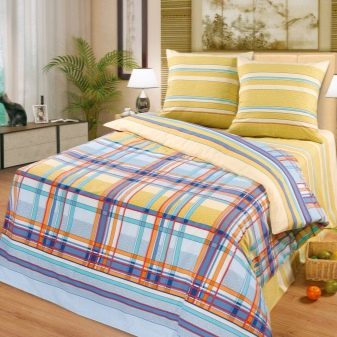
- Geometry (cage, stripes, zigzags, rhombuses, abstraction), allowing you to change the overall design of the bedroom. These can be both bright options and calm ones.
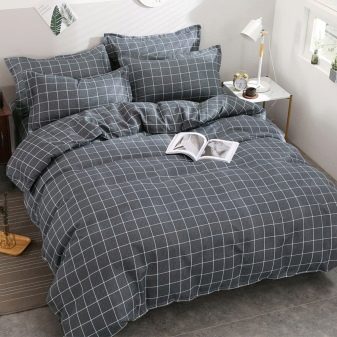

- Floral prints, uplifting, especially in the off-season.
For children, adolescents and youth, bedding sets in rich colors, as well as models with unicorns, decorated with anime elements and other popular characters, will become relevant.
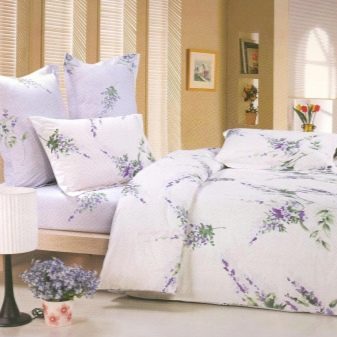

Manufacturers
Manufacturers want to keep up with the times, so they strive to develop more and more new designs of bedding sets, using the highest quality fabrics, processing technologies, while not forgetting that cost is also important for the average buyer.
Based on the ratio of price and quality, a rating was compiled of the most popular and demanded domestic manufacturers, whose home textiles please buyers.
- "Monolith". It is a Russian manufacturer focused on the production of affordable bed linen. The factory has its own brand Mona Liza.
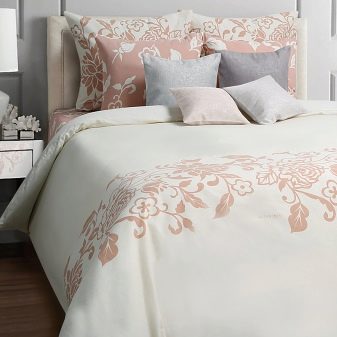
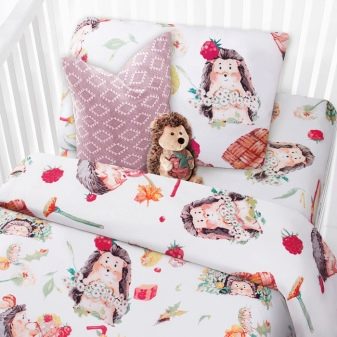
- "Cotton Paradise" known for its lines "Childhood" and "Classic". Textiles are produced in Russia.
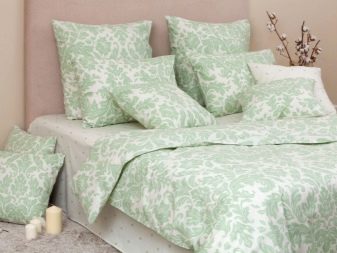
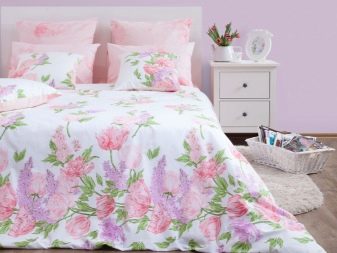
- Sailid - a well-known factory in Russia, which has the widest range of high-quality satin bedding.
Along with domestic factories, there are many other manufacturers whose products are in demand - TAC (Turkey), Feretti (Italy), Frette (Italy).
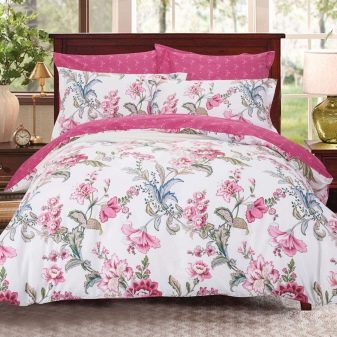
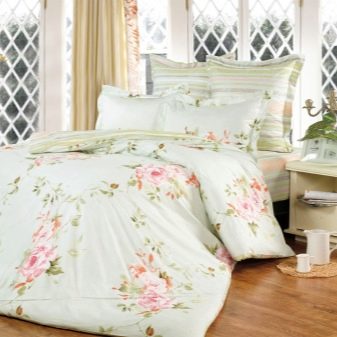
Criterias of choice
Correctly chosen bedding is the key to healthy sleep and great mood for the whole day. Before buying, you should familiarize yourself with the important criteria for choosing a product in order to understand what to focus on.
- Type and quality of fabric. It is better to choose a product made from natural fabrics - cotton, linen, satin, silk, but you need to know what is suitable for whom, taking into account the physiological characteristics of a person. High-quality fabric should be strong, dense, without pills, not deform or shed, because you need to take into account that the kit will be washed frequently. Practical and convenient to use is a material that practically does not wrinkle, does not roll, and is unpretentious in maintenance.
- Material properties. For healthy sleep and relaxation, you need comfort, which can be provided by pleasant, soft, smooth-to-touch bedding. Tactile sensations are very important, because sleeping on a prickly or irritating sheet will not please anyone. It will be useful to pay attention to how slippery the linen is - on the one hand, it is great in the heat, but on the other hand, you only need to sleep in pajamas so as not to fidget on the bed.
- The size... The size range of most manufacturers includes single, one and a half, double sets, euro and king-size.
- Design / color... The design of the set directly depends on taste preferences, however, the linen should be in harmony with the interior of the bedroom, be a single whole.
- Seasonality... Depending on the type of material, the bedding can be used in a certain season or all year round. Flannel, terry is ideal for winter and off-season, and silk is ideal for summer.
- Care... For daily use, it is better to choose beds from materials that do not require special care, practically do not wrinkle, they do not need to be ironed: poplin, terry, flannel, coarse calico.
- Price... The price depends a lot on the material of the bed, so if the fabric is cheap, then the product will also be inexpensive. Inexpensive fabrics include coarse calico, chintz, microfiber. Expensive sets are made of natural silk, bamboo, percale, jacquard.
- Manufacturer... It is better to give preference to proven factories that have proven themselves well.
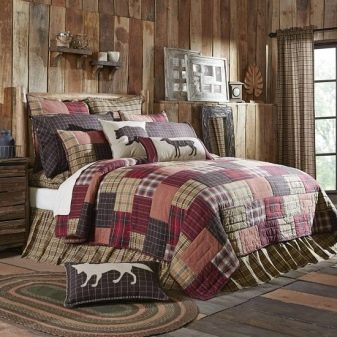
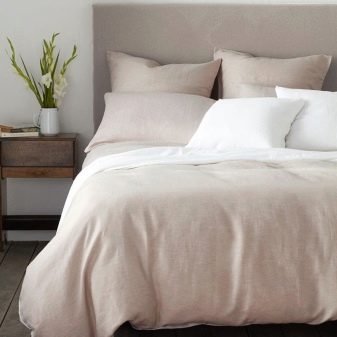
Review overview
Taking into account numerous reviews, as well as a number of surveys conducted, it can be confidently asserted that buyers prefer high-quality products in the middle price segment, which are characterized by practicality, durability, and ease of maintenance. Most buyers prefer sets of domestic factories made of coarse calico, satin, bamboo.
Connoisseurs of luxury are very fond of silk and satin bedding from Turkish and Italian factories, the cost of which is higher than products made of calico or synthetic fabrics.
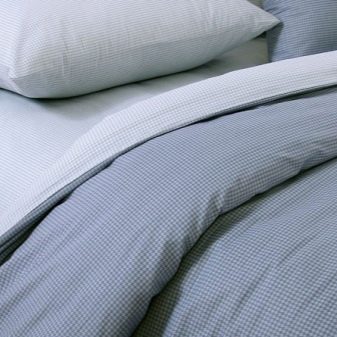
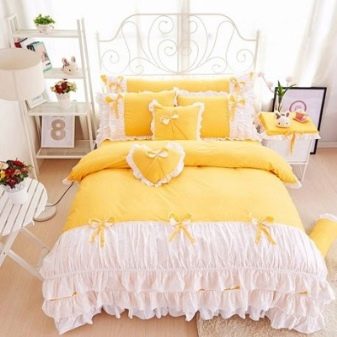
Beautiful examples
If you choose a bedding set solely taking into account the stylistic design, then it is worth considering the following.
- V classic bedroom silk bed or models made of jacquard and satin will look harmonious. It would be appropriate to give preference to sets of chocolate, wine, dark blue or gray.
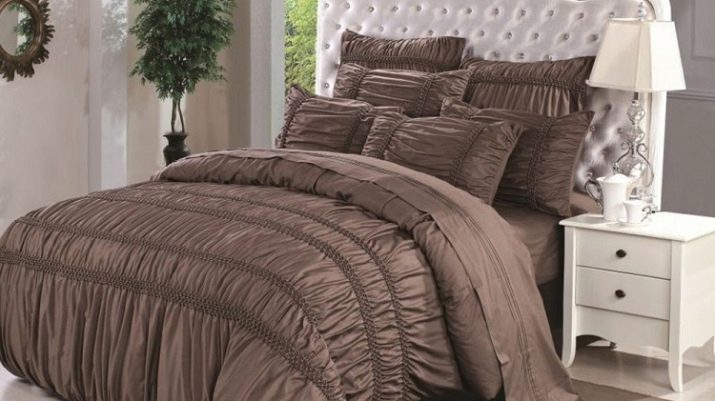
- In rooms decorated in style provence, products made of coarse calico, delicate cambric or natural flax will harmoniously fit. It can be an unobtrusive floral or geometric print in natural shades associated with tranquility (milky, light gray, beige, pale blue).
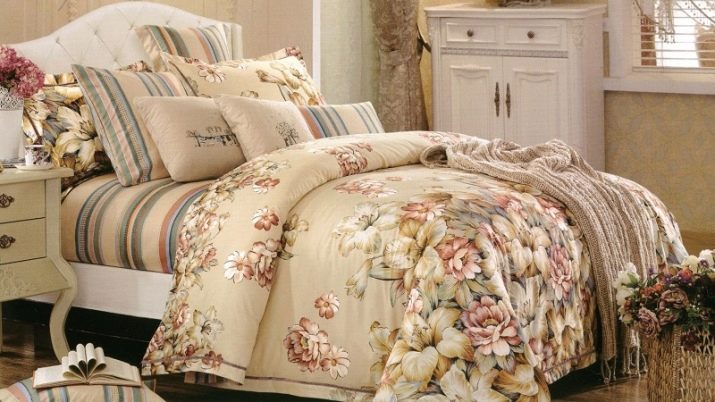
- Where it reigns minimalism, the ideal solution would be cotton and linen beds with a smooth texture. It is recommended to pay attention to neutral colors - beige, black, gray, white.
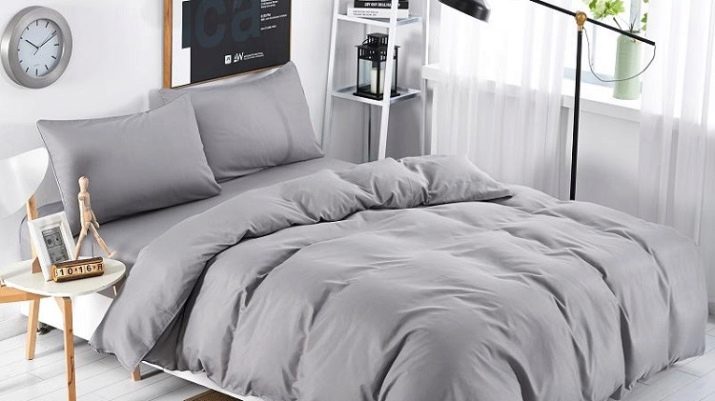
- For admirers scandinavian style the ideal solution would be to purchase linen and cotton sets in soothing shades - white, gray, pale blue and green.

- To the bedroom with romantic design elements Silk, satin and cotton sets with a floral print will certainly do.
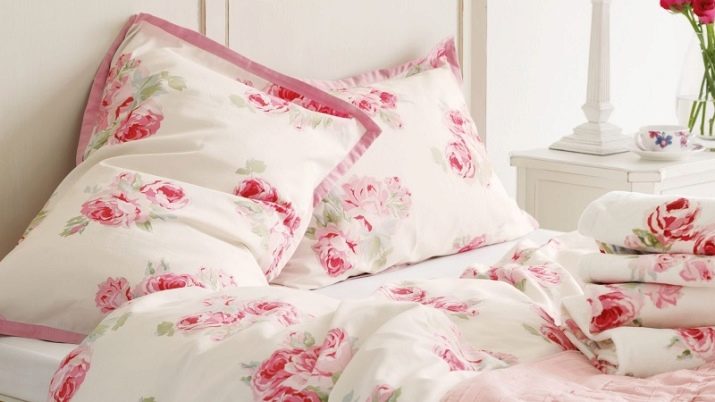
- Contemporary style registration bright bedding sets made of microfiber and varieties of satin will be appropriate.
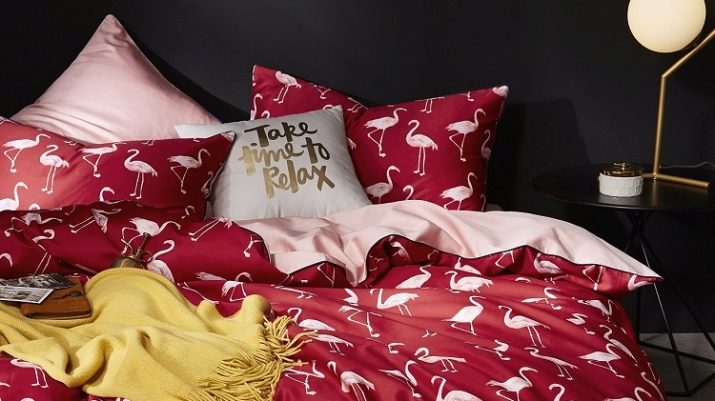
- In the popular loft monochromatic dark cotton beds with a matte finish will look perfect.Consider emerald, black, dark gray, or blue.
Sometimes, in order to determine the color and design of bedding sets, you need to show a little imagination and choose something that will cheer you up, associated with comfort and coziness.
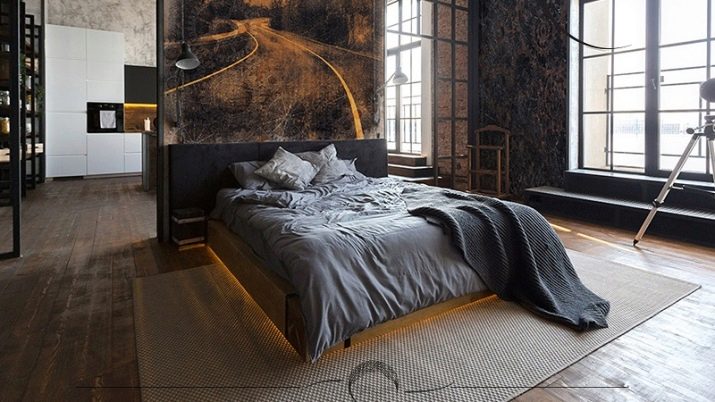









I choose exclusively satin for bed linen. It feels good and lasts really long. It is also smooth, but does not slip at all. I saw that many counterfeit satin and sell synthetics.